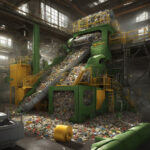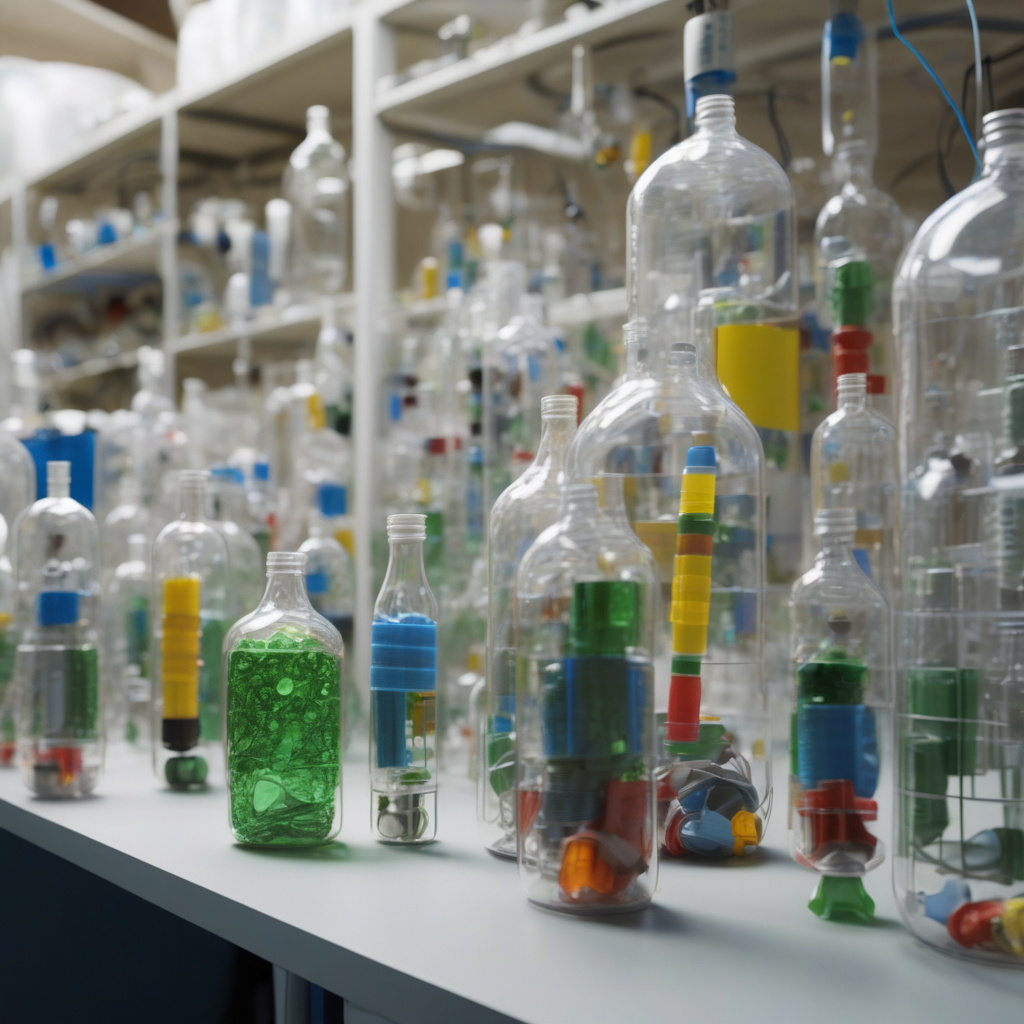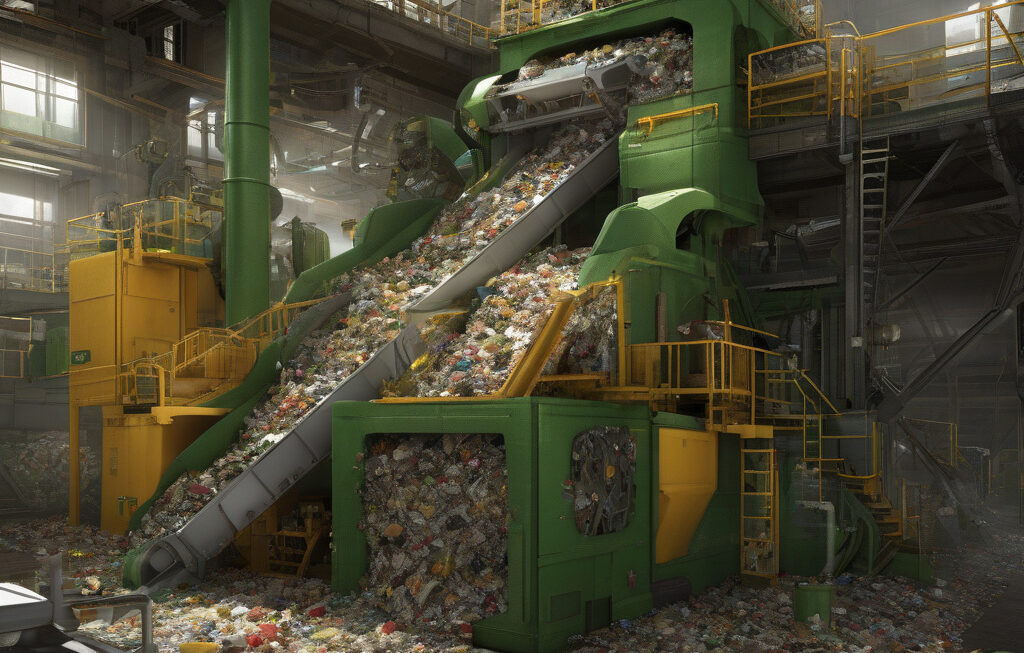Plastic Bottles Reborn as Energy-Storing Supercapacitors in New Upcycling Leap
Single-use water bottles could soon charge your devices instead of polluting landfills. Researchers have developed a groundbreaking method to repurpose plastic bottles, turning them into energy-storing supercapacitors in a remarkable upcycling initiative.
The traditional lifecycle of a plastic water bottle is a concerning one. From production to disposal, these bottles contribute significantly to environmental pollution. With millions of plastic bottles ending up in landfills or oceans each day, there is an urgent need for innovative solutions to mitigate this crisis. This is where the concept of upcycling comes into play, offering a sustainable alternative to simply recycling or discarding these bottles.
In a pioneering research effort, scientists have found a way to transform used plastic water bottles into supercapacitors, energy storage devices that have the potential to revolutionize the electronics industry. Supercapacitors are known for their ability to store and deliver energy more efficiently than conventional batteries, making them ideal for a wide range of applications, from smartphones to electric vehicles.
The process of converting plastic bottles into supercapacitors involves a series of intricate steps. First, the plastic bottles are collected and thoroughly cleaned to remove any contaminants. Subsequently, the plastic is processed to create a carbon material with a high surface area, which is essential for energy storage. This carbon material is then integrated into the supercapacitor structure, enabling it to store and release energy effectively.
One of the key advantages of this upcycling approach is its environmental impact. By repurposing plastic bottles into energy-storing devices, the amount of plastic waste that ends up in landfills or oceans is significantly reduced. This not only helps address the pressing issue of plastic pollution but also contributes to the development of sustainable technologies that benefit society as a whole.
Moreover, the upcycled supercapacitors exhibit impressive performance metrics, showcasing their potential for widespread adoption in consumer electronics and beyond. With fast charging capabilities, long cycle life, and enhanced durability, these energy-storing devices present a compelling alternative to traditional batteries.
The implications of this research extend far beyond the realm of waste management. By harnessing the potential of upcycled supercapacitors, we are not only transforming the fate of plastic bottles but also paving the way for a more sustainable future. This innovative approach underscores the importance of thinking creatively about how we can repurpose existing materials to address global challenges.
As we look ahead to a world where plastic bottles can be reborn as energy-storing supercapacitors, it becomes evident that the possibilities for upcycling are limitless. By embracing innovative technologies and sustainable practices, we can unlock new opportunities for environmental conservation and technological advancement.
In conclusion, the journey from single-use plastic bottles to energy-storing supercapacitors represents a remarkable leap in upcycling ingenuity. Through this transformative process, we are not only reimagining the lifecycle of plastic waste but also harnessing its potential to drive innovation and positive change in society.
plastic bottles, upcycling, supercapacitors, sustainability, innovative technologies












